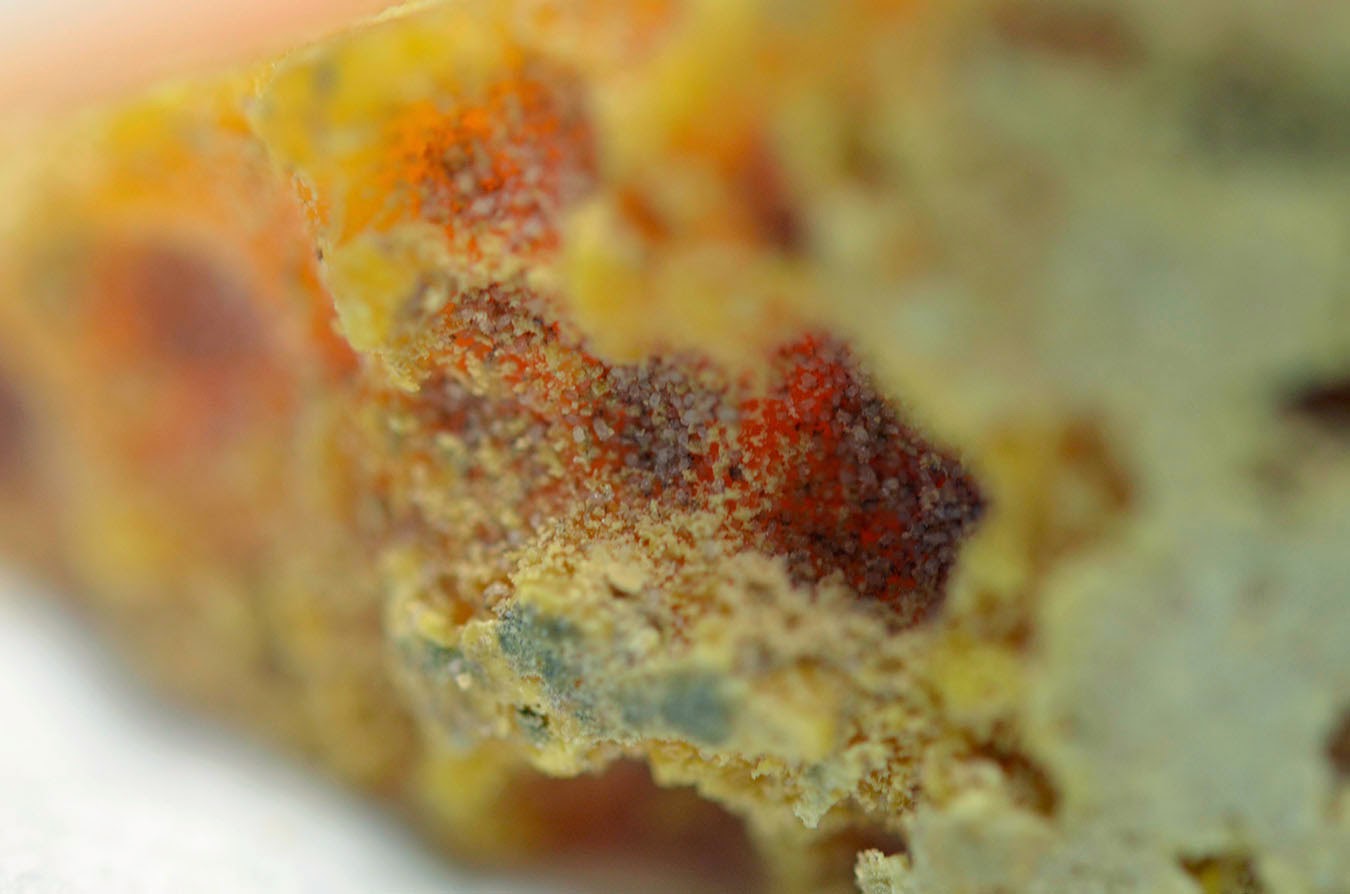Answer:
Taenia sp. larvae, otherwise referred to as cysticercae (cysticercus = singular). If these were found in a human, then they would be cysticercae of
T. solium, which are commonly referred to as
Cysticercus cellulosae. Thank you to everyone who wrote in with the answer. As noted by Florida Fan, you can see a similar image in Ash and Orihel's Atlas of Human Parasitology, 5th edition, on page 371.
Cysticercae have a characteristic solid structure (the inverted scolex) surrounded by a fluid filled cavity called a bladder. For this reason,
Taenia solium is sometimes referred to as the bladder worm (although I would discourage using this terminology since it is confusing to most people).
Remember that a 'bladder' is simply a fluid-filled or air-filled sac and doesn't just refer to the urinary bladder. Other well-known bladders are the gallbladder and the fish swim bladder .























